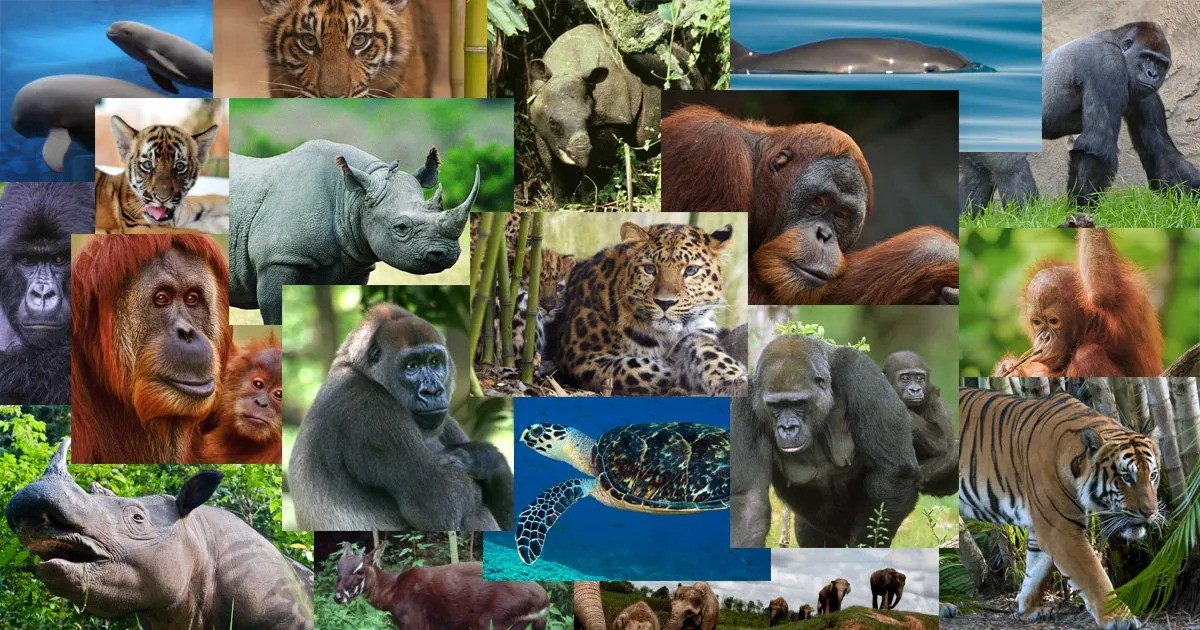From the depths of the ocean to the vast expanses of the savannah, the animal kingdom showcases remarkable feats of learning and problem-solving. Observing how animals adapt to their environments, communicate, and overcome challenges offers invaluable insights into their cognitive abilities and evolutionary adaptations. In this blog, we delve into the fascinating world of animal learning and problem-solving, exploring the mechanisms behind these behaviors and highlighting some remarkable examples from across the animal kingdom haustiere.
Understanding Animal Learning: Learning is a fundamental aspect of animal behavior, allowing individuals to acquire new knowledge, skills, and behaviors through experience. Several mechanisms drive animal learning, including classical conditioning, operant conditioning, and observational learning.
Classical conditioning involves associating a neutral stimulus with a meaningful stimulus to elicit a particular response. Ivan Pavlov’s famous experiments with dogs, where he conditioned them to salivate at the sound of a bell, exemplify classical conditioning in animals.
Operant conditioning, on the other hand, relies on reinforcement and punishment to shape behavior. When an animal’s actions lead to positive outcomes, they are more likely to repeat those actions in the future. Conversely, negative consequences deter certain behaviors. Skinner’s studies with pigeons and rats demonstrated the principles of operant conditioning.
Observational learning occurs when animals learn by observing the behavior of others. This form of learning is particularly prevalent in social species, such as primates and cetaceans. By watching and imitating conspecifics, individuals can acquire new skills and behaviors without direct experience.
Problem-Solving Abilities in Animals: Problem-solving is another remarkable aspect of animal cognition, enabling individuals to overcome obstacles and adapt to changing environments. Animals employ various strategies, including trial and error, insight, and social learning, to solve problems.
Trial and error involves attempting different approaches until a successful solution is found. This method is common among many animals, from birds learning to extract food from complex puzzles to primates manipulating objects to access rewards.
Insightful problem-solving occurs when animals spontaneously grasp the solution to a problem without prior experience or systematic trial and error. This higher form of cognition is often observed in species with complex social structures and large brains, such as primates and corvids.
Social learning plays a crucial role in problem-solving, especially in species that live in groups. Individuals can benefit from the knowledge and experiences of others, accelerating the acquisition of new skills and strategies. For example, meerkats rely on cooperative problem-solving to detect predators and find food in their challenging desert habitats.
Remarkable Examples of Animal Learning and Problem-Solving:
- Tool Use in Chimpanzees: Chimpanzees are renowned for their impressive tool-making and tool-using abilities. They fashion sticks to extract termites from their mounds and use stones to crack open nuts. These behaviors demonstrate not only their dexterity but also their capacity for planning and innovation.
- Problem-Solving Crows: Crows are among the most intelligent birds, capable of solving complex problems in the wild and captivity. In one study, New Caledonian crows were observed bending wires into hooks to extract insects from crevices—a behavior requiring both innovation and insight.
- Social Learning in Dolphins: Dolphins exhibit sophisticated social learning abilities, which enable them to pass on complex behaviors through generations. For instance, certain dolphin populations have developed unique foraging techniques, such as “sponging,” where individuals use marine sponges to protect their rostrums while foraging on the seafloor.
Conclusion: The study of animal learning and problem-solving unveils the remarkable cognitive abilities of non-human species. From classical conditioning to insightful problem-solving, animals employ a diverse array of strategies to navigate their environments and thrive.
